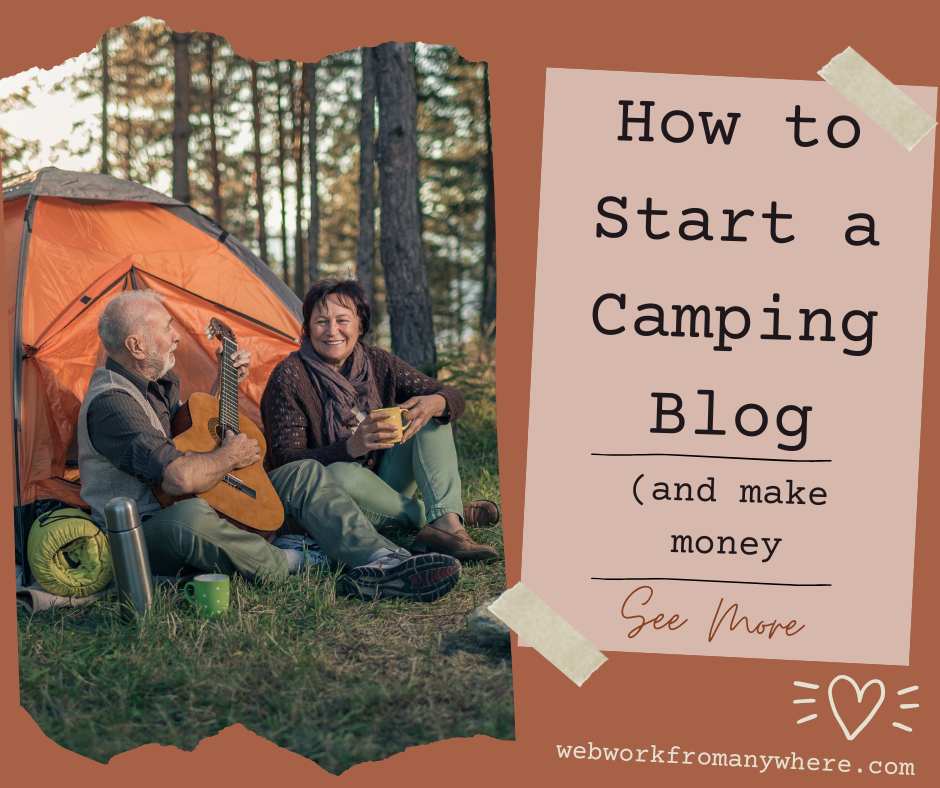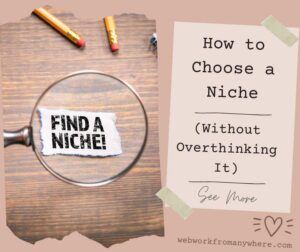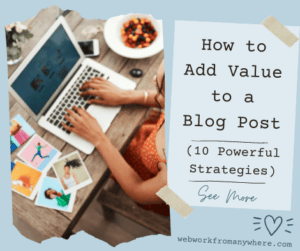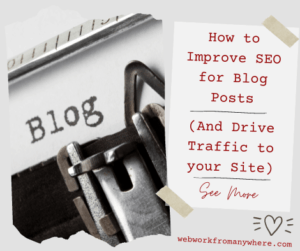Love the outdoors? Find yourself constantly sharing camping photos with friends and family? Have stories from the trail that could help other campers? Starting a camping blog lets you turn that hobby into something meaningful – and potentially profitable.
1. What Is a Camping Blog?

A camping blog is your corner of the internet where you share everything about outdoor adventures.
Think gear reviews, beginner tips, favorite campsite recommendations, trail stories, and practical advice that helps others enjoy nature safely.
The beauty of camping blogs? They’re wonderfully broad. You can focus on whatever excites you most – whether that’s minimalist backpacking, RV camping with grandkids, accessible camping for people with mobility challenges, or budget-friendly weekend getaways.
2. Why Start a Camping Blog?
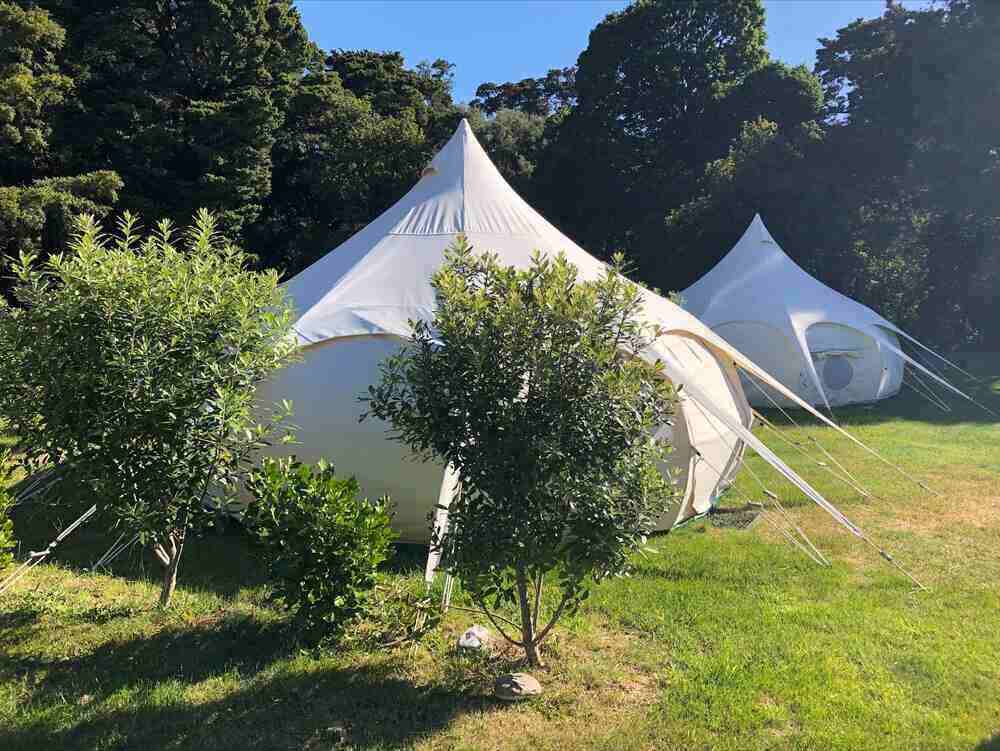
It’s a creative outlet – Share your knowledge and inspire others to get outside more often. Your experiences matter, and beginners especially need voices they can trust.
You can earn income – Through affiliate links, display ads, sponsored content, or selling your own camping guides.
It builds community – Connect with fellow outdoor enthusiasts, network with outdoor brands, and stay current on gear and trail news.
Plus, if you’re over 50 and embracing outdoor adventures, your perspective is valuable.
Many campers in your age group want guidance from someone who understands their specific needs.
3. How to Start Your Camping Blog
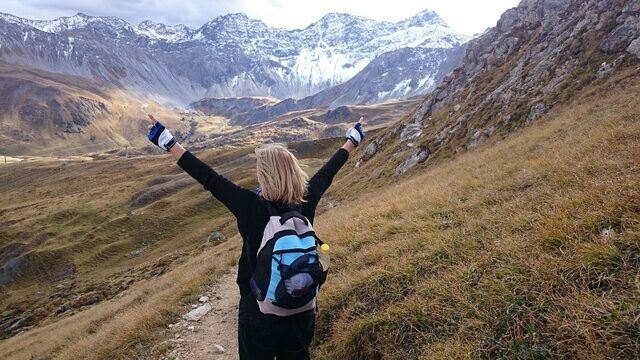
a) Choose Your Specific Focus
“Camping” is too broad. Narrow it down to something you know deeply.
Instead of “camping blog,” consider:
- Family camping with grandchildren
- Solo camping for women over 50
- Accessible camping for people with disabilities
- Budget camping for retirees
- Car camping vs. backpacking for beginners
Your niche helps you become the go-to expert rather than just another general camping blogger.
b) Set Up Your Blog Platform
You’ll need a domain name (short and memorable), web hosting ($3-10/month), and WordPress.org (free). Total startup cost: roughly $50-100 for your first year.
Skip free platforms like Blogger if you’re serious about earning income. You need to own your content.
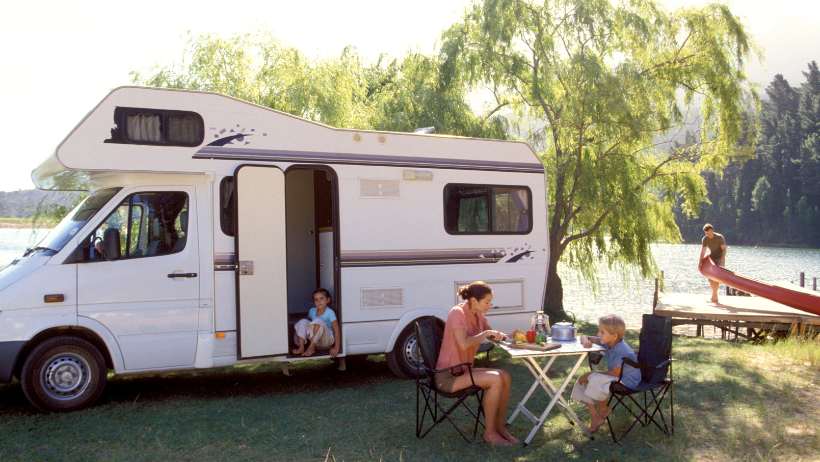
c) Plan Your Content Calendar
Don’t wing it. Plan 10-20 post ideas before you launch so you never stare at a blank screen.
Mix different content types:
- Gear reviews (great for affiliate income)
- How-to guides for beginners
- Personal camping stories
- Destination highlights
- Safety tips and checklists
Post consistently – even once a week builds momentum better than sporadic bursts.
d) Learn SEO from Day One
Your amazing camping stories won’t help anyone if nobody finds them.
Simple SEO practices:
- Use keywords naturally in titles and content (what would someone Google?)
- Write clear, helpful titles—questions work well
- Link your blog posts to each other
- Optimize images so they don’t slow your site
You don’t need to be an SEO expert. Just write helpful content that solves real problems, and search traffic will gradually build.
e) Promote Through Social Media
Pinterest drives fantastic blog traffic (consider using Tailwind to schedule pins). Instagram works well for sharing photos with links in your bio. Join Facebook camping groups and genuinely help people—not spammy self-promotion.
Social media brings initial traffic while your SEO builds over time.
- How to Choose a Profitable Niche for a Blog
- How to Start Blogging for Beginners
- What is the Definition of Evergreen Content, and Why Does it Matter for Your Blog?
- How to Cure Writer’s Block for Bloggers – Easy Tips
4. Tips for Running a Successful Camping Blog

Be authentic – Write like you’re chatting with a friend around the campfire. If you’re not genuinely passionate, readers notice immediately.
Create engaging content – Include personal stories, lots of photos, practical checklists, and real experiences. Dry, generic camping tips won’t keep readers coming back.
Build relationships with readers – Respond to comments, answer emails, ask what topics they want covered. Loyal readers become your biggest advocates.
Network with other outdoor bloggers – Comment on their posts, collaborate on content, join blogging communities. You’ll learn faster and grow your reach.
Focus on helping, not selling – Yes, you want to earn income eventually. But lead with value. Recommend only gear you’ve actually used and trust.
5. How Camping Blogs Make Money

Most successful camping bloggers combine several income streams:
- Affiliate marketing (REI, Amazon, outdoor brands earn you 4-10% commissions),
- Display ads once you hit 10,000+ monthly visitors,
- Sponsored posts from brands ($100-1,000+)
- Digital products like camping checklists or beginner guides.
Your affiliate links earn passive income while your content library grows and works for you long-term.
6. Realistic Timeline and Expectations
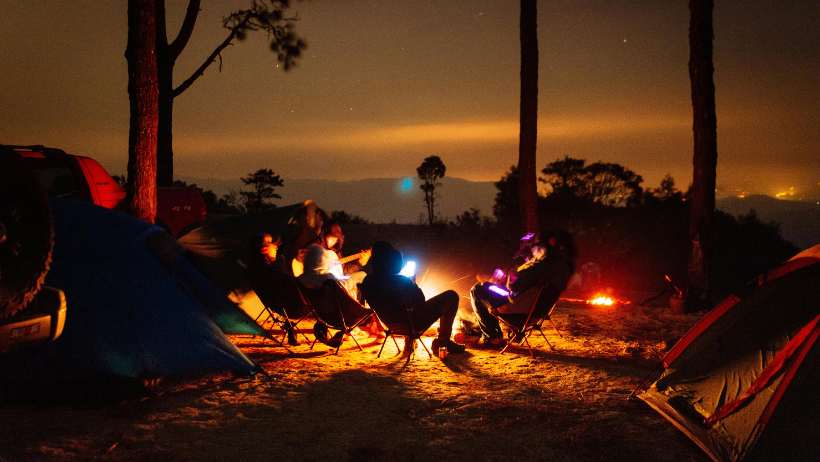
Months 1-3: You’re finding your voice, building initial content, learning what resonates. Expect low traffic (100-500 visits/month) and no income yet.
Months 4-6: Google starts noticing you. Traffic grows (1,000-3,000/month), and you might earn your first affiliate commissions ($50-200/month).
Months 7-12: Consistency pays off. Traffic climbs (3,000-10,000/month), income grows ($200-800/month), and older posts bring steady traffic.
Year 2+: Things compound. You could see 10,000-50,000+ visits/month and earn $1,000-3,000+ monthly with less hustle, more strategy.
These are patterns, not promises. Your results depend on your niche, content quality, and consistency.
7. Essential Tools You’ll Need
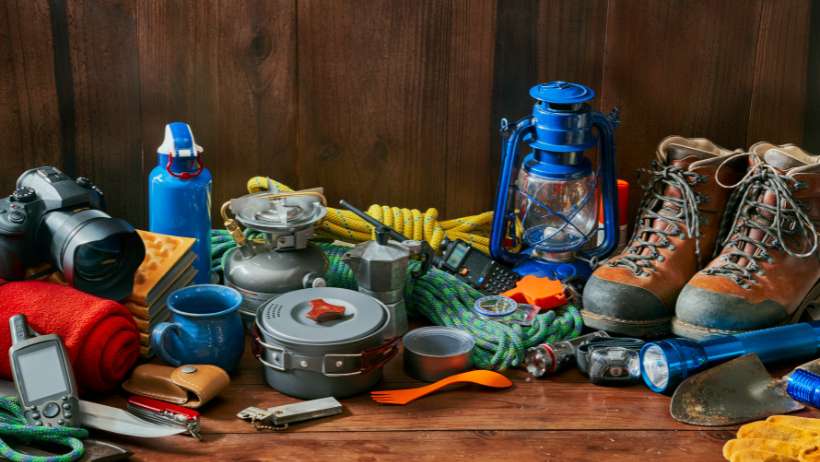
Hosting and Platform:
- WordPress.org (free blogging platform)
- Quality web hosting (Hostinger, Bluehost, or Rocket.net)
👉 See: Bluehost Vs Rocket.net, and Hostinger Vs Rocket.net
Content Creation:
- Canva (graphics and featured images – the free version is great!)
- Your smartphone (perfectly good camera to start)
SEO and Keywords:
- Google Search Console (free, tracks search performance)
- Alsoasked or free keyword tools
👉 See: Keyword Research Posts
Email Marketing:
- ConvertKit or MailerLite (build your email list from day one)
Analytics:
- Google Analytics (free, tracks all traffic)
Start with free versions. Upgrade only after your blog earns income.
👉 See: Best Resources for Affiliate Marketing
8. Frequently Asked Questions

Do I need expensive camera gear? Nope! Modern smartphones take excellent photos. Focus on helpful content first, fancy equipment later.
How often should I post? Consistency beats frequency. One solid post weekly is better than four rushed ones monthly.
What if other camping blogs already exist? Good! That means there’s an audience. Your unique voice, experiences, and perspective make your blog different.
How long should posts be? Aim for 1,500-2,000 words for in-depth guides. Shorter posts work too – just focus on being genuinely helpful.
Can I blog part-time? Absolutely! Even 5-10 hours weekly adds up. One good post a week creates real progress over time.
When should I start monetizing? Add affiliate links from day one when recommending gear. Apply for ad networks once you hit their traffic minimums (usually 10,000+ monthly visits).
Take Your First Step This Week

You now understand how to launch a camping blog that shares your outdoor interests while building an income stream.
The outdoors has given you incredible experiences – now help others discover their own.
Choose your specific camping niche today, secure your domain name this week, and publish your first blog post within 14 days – your future readers are already Googling the questions only you can answer.
Your camping knowledge is valuable. Your stories inspire others. The hardest part is simply starting. Take that first step today. The trail is waiting.
